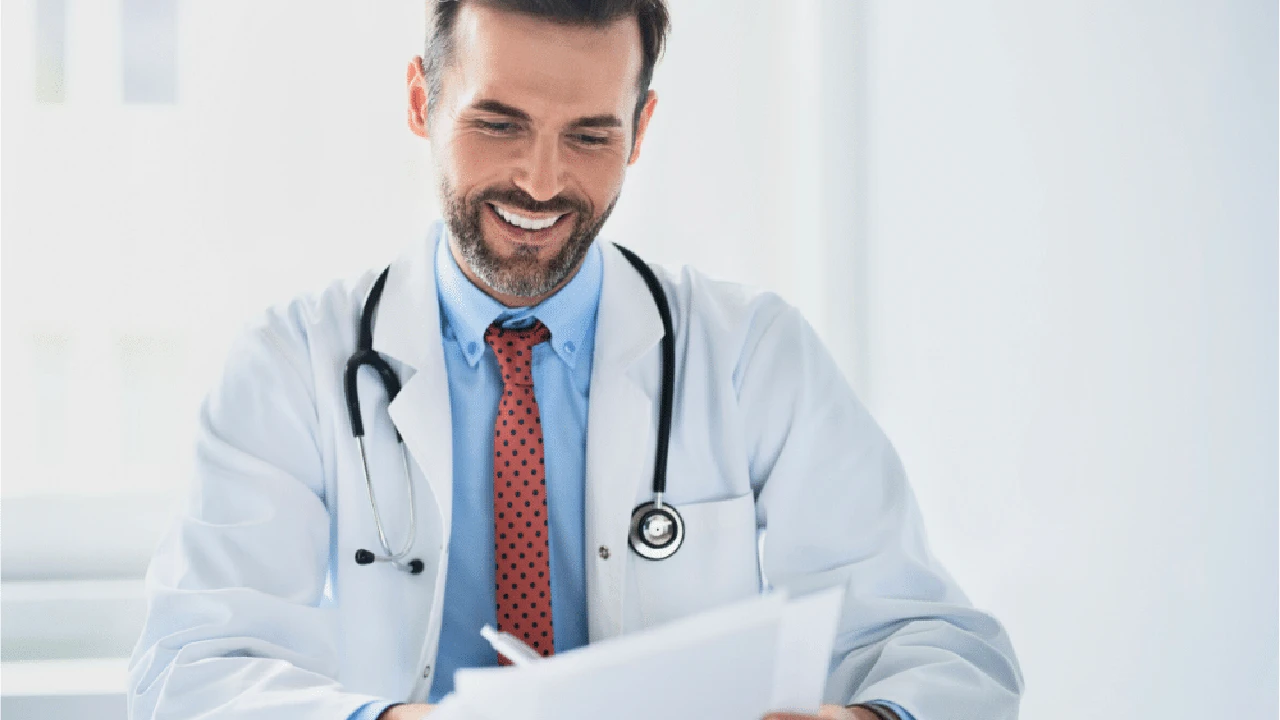Gap Insurance: Protecting Your Loan or Lease

Understanding Gap Insurance What Is It and Why You Need It
Okay, let's talk Gap Insurance. What is it? Basically, Gap Insurance, also known as Guaranteed Auto Protection insurance, bridges the "gap" between what you owe on your car loan or lease and what your insurance company will pay out if your car is totaled or stolen. Think of it as a financial safety net. Your regular auto insurance covers the actual cash value (ACV) of your car at the time of the accident or theft. But cars depreciate fast, especially in the first few years. If you owe more than the car is worth (you're "upside down" or "underwater"), you're stuck paying the difference. That's where Gap Insurance swoops in to save the day (and your wallet).
When Should You Consider Gap Insurance Loan or Lease Considerations
So, when is Gap Insurance a good idea? The general rule of thumb is: if you financed your car (loan or lease), and you put little or no money down, Gap Insurance is something you should seriously consider. Also, if you have a longer loan term (five years or more), or if you bought a car that depreciates quickly, Gap Insurance becomes even more important. Let's break it down:
- Little or No Down Payment: The smaller your down payment, the bigger the "gap" between what you owe and what the car is worth.
- Long Loan Term: The longer you're paying off the loan, the longer it takes for the car's value to catch up to what you owe.
- Rapid Depreciation: Some cars just lose value faster than others. Luxury cars, for example, often depreciate quickly.
- Leasing: Leasing often requires Gap Insurance as part of the lease agreement. It's often bundled into the lease price.
How Gap Insurance Works Examples and Scenarios
Let's paint a picture. You buy a shiny new SUV for $40,000, financing the whole amount. Six months later, tragedy strikes – your car is totaled in an accident. Your insurance company determines the car's actual cash value (ACV) is now only $30,000. However, you still owe $35,000 on your loan. Without Gap Insurance, you're on the hook for that $5,000 difference. With Gap Insurance, that $5,000 is covered, saving you a significant financial hit.
Another example: You lease a car. The lease agreement includes Gap Insurance. The car is stolen. The Gap Insurance covers the difference between the car's value and what you owe on the lease, including any early termination fees.
Gap Insurance Coverage Details What's Included and Excluded
It's important to understand what Gap Insurance covers and what it doesn't. Generally, Gap Insurance covers the difference between the ACV of your car and the outstanding loan or lease balance. However, it usually doesn't cover:
- Deductibles: You'll still need to pay your collision or comprehensive deductible.
- Overdue Loan Payments: Gap Insurance won't cover missed payments.
- Carry-Over Balances: If you rolled over negative equity from a previous car loan into your new loan, Gap Insurance typically won't cover that amount.
- Vehicle Modifications: Customizations or aftermarket parts are usually not covered.
- Injuries or Property Damage: Gap Insurance only covers the vehicle itself. Liability coverage handles injuries and property damage to others.
Top Gap Insurance Providers and Products Reviews and Comparisons
Okay, so where can you get Gap Insurance? You have a few options:
- Your Car Dealership: Dealerships often offer Gap Insurance as part of the financing process. This is convenient, but it's often the most expensive option. Example: A dealership might offer a Gap Insurance policy for $700-$1200, added to your loan.
- Your Bank or Credit Union: Many banks and credit unions offer Gap Insurance at a lower cost than dealerships. Example: A credit union might offer a policy for $300-$600.
- Your Auto Insurance Company: Some major auto insurance companies offer Gap Insurance as an add-on to your existing policy. This is often the most affordable option. Example: Companies like Progressive and Allstate may offer Gap Insurance as an endorsement to your existing policy for around $20-$40 per month.
- Specialty Gap Insurance Providers: There are also companies that specialize in Gap Insurance.
Here's a quick comparison of a few options (prices are estimates and can vary greatly):
| Provider | Product Name (Example) | Estimated Cost | Pros | Cons |
|---|---|---|---|---|
| Dealership | "Guaranteed Auto Protection" | $700 - $1200 (one-time fee added to loan) | Convenient, rolled into financing. | Most expensive option. |
| Credit Union (Example: Navy Federal) | "Vehicle Loan Protection" | $300 - $600 (one-time fee) | Lower cost than dealerships, often good coverage. | Requires membership, might have restrictions. |
| Progressive | "Loan/Lease Payoff Coverage" (Add-on) | $20 - $40 per month (added to premium) | Affordable, convenient if you already have Progressive. | May have limitations on eligibility. |
| Allstate | "New Car Replacement" (May include Gap-like benefits) | Varies based on policy and driver profile | Covers similar financial gap, offers new car replacement benefit | More expensive than standalone Gap insurance |
| AAA | "AAA Auto Loan Gap Coverage" | Varies based on location and coverage | Reliable service, wide network of providers | Requires AAA membership |
Gap Insurance Cost Factors Affecting Premiums and Coverage
The cost of Gap Insurance depends on several factors, including:
- The Price of Your Car: More expensive cars generally mean higher Gap Insurance premiums.
- The Loan Amount: The larger the loan, the higher the risk for the insurance company.
- The Loan Term: Longer loan terms usually result in higher premiums.
- The Provider: As mentioned above, dealerships tend to be the most expensive, while auto insurance companies are often the cheapest.
- Your Credit Score: In some cases, your credit score can influence the premium.
When shopping around, get quotes from multiple providers and compare the coverage details. Don't just focus on the price; make sure you understand what the policy covers and what it excludes.
Gap Insurance Claims Process How to File and What to Expect
If your car is totaled or stolen, and you have Gap Insurance, here's what to expect during the claims process:
- Report the Incident: First, report the accident or theft to the police and your primary auto insurance company.
- Settle with Your Auto Insurance: Work with your auto insurance company to determine the actual cash value (ACV) of your car.
- Contact Your Gap Insurance Provider: Once you have the settlement offer from your auto insurance company, contact your Gap Insurance provider.
- Provide Documentation: You'll need to provide documentation, including:
- Your auto insurance settlement letter
- Your loan or lease agreement
- The police report
- Proof of insurance coverage
- Review and Approval: The Gap Insurance provider will review your claim and determine the amount they will pay.
- Payment: The Gap Insurance provider will typically pay the lender or leasing company directly.
The claims process can take a few weeks, so be patient and responsive to any requests from the Gap Insurance provider.
Gap Insurance Alternatives Options to Consider Before Buying
Before you commit to Gap Insurance, consider these alternatives:
- Put a Larger Down Payment: A larger down payment reduces the "gap" between what you owe and what the car is worth.
- Choose a Shorter Loan Term: A shorter loan term helps you build equity in the car faster.
- Buy a Car That Holds Its Value: Some cars depreciate slower than others. Research which cars have good resale value.
- Consider a New Car Replacement Policy: Some auto insurance companies offer "New Car Replacement" coverage, which will replace your totaled car with a brand new one of the same make and model. This can be a good alternative to Gap Insurance.
Gap Insurance vs New Car Replacement Coverage Comparing the Benefits
New Car Replacement coverage and Gap Insurance are both valuable protections, but they work differently. Gap insurance covers the difference between the ACV and what you owe on the loan. New Car Replacement coverage replaces your totaled car with a brand new one of the same make and model, regardless of what you owe.
Consider this table to compare the two:
| Feature | Gap Insurance | New Car Replacement |
|---|---|---|
| What it covers | Difference between ACV and loan/lease balance | Replacement with a new car of the same make and model |
| When it applies | When you owe more than the car is worth | Typically for new cars within the first 1-2 years |
| Cost | Lower premium | Higher premium |
| Benefit | Covers the financial gap | Replaces your totaled car with a new one |
Gap Insurance When to Cancel and Get a Refund
You can typically cancel Gap Insurance at any time. If you cancel early, you may be entitled to a refund of the unused portion of the premium. However, the refund policy varies depending on the provider. Check your policy documents for details.
Situations where you might want to cancel Gap Insurance include:
- You've Paid Off a Significant Portion of Your Loan: If you owe less than the car is worth, you no longer need Gap Insurance.
- You've Refinanced Your Loan: If you refinance your loan and the new loan amount is less than the car's value, you can cancel your old Gap Insurance policy.
- You Sell the Car: If you sell the car, you can cancel the Gap Insurance policy.
Real World Gap Insurance Scenarios and Case Studies
Let's look at a few real-world scenarios:
- Scenario 1: Sarah buys a car for $25,000 with a $0 down payment. Six months later, her car is totaled. The insurance company pays out $20,000, but she still owes $23,000. Gap Insurance covers the $3,000 difference.
- Scenario 2: John leases a car. The lease agreement includes Gap Insurance. The car is stolen. The Gap Insurance covers the remaining lease payments and any early termination fees.
- Scenario 3: Maria buys a car for $30,000 with a $5,000 down payment. Two years later, her car is totaled. The insurance company pays out $20,000, and she still owes $18,000. Gap Insurance covers the $0 difference (since the payout is more than she owes).
Frequently Asked Questions About Gap Insurance
Here are some frequently asked questions about Gap Insurance:
- Is Gap Insurance required? No, Gap Insurance is not required by law, except in some lease agreements.
- How long does Gap Insurance last? Gap Insurance typically lasts for the duration of your loan or lease.
- Can I buy Gap Insurance after I buy the car? Yes, you can often buy Gap Insurance after you buy the car, but it's usually best to do it at the time of purchase.
- What if I pay off my loan early? You can cancel your Gap Insurance and get a refund for the unused portion of the premium.
Making an Informed Decision About Gap Insurance for Your Vehicle
Ultimately, the decision of whether or not to buy Gap Insurance is a personal one. Weigh the pros and cons, consider your financial situation, and shop around for the best deal. If you're still unsure, talk to your insurance agent or financial advisor.
:max_bytes(150000):strip_icc()/277019-baked-pork-chops-with-cream-of-mushroom-soup-DDMFS-beauty-4x3-BG-7505-5762b731cf30447d9cbbbbbf387beafa.jpg)






